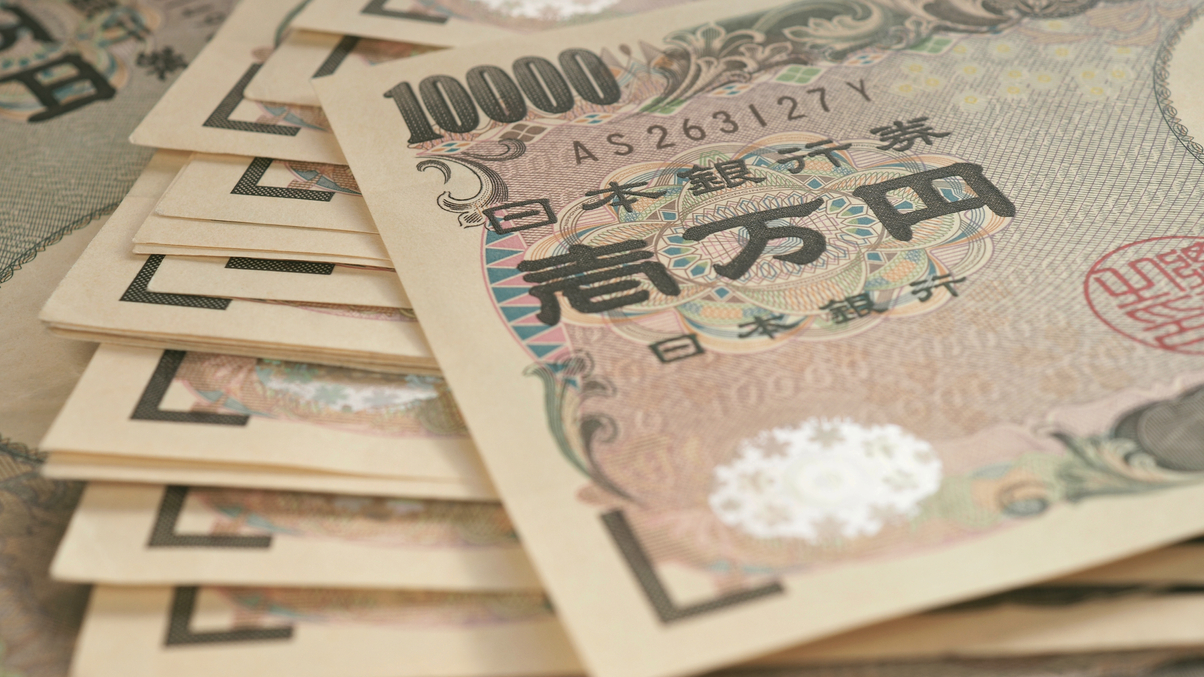Market Views: Is Japan on the brink of ending negative rates?
The world’s last negative-rate market seems close to making an exit. When and how will that happen? AsianInvestor asked investment experts for their take.

After maintaining inflation well above its 2% target for over a year, the Bank of Japan (BoJ) is leaning towards a hawkish stance and expected to abandon the country's negative interest rate policy (NIRP).
Sign in to read on!
Registered users get 2 free articles in 30 days.
Subscribers have full unlimited access to AsianInvestor
Not signed up? New users get 2 free articles per month, plus a 7-day unlimited free trial.
¬ Haymarket Media Limited. All rights reserved.


